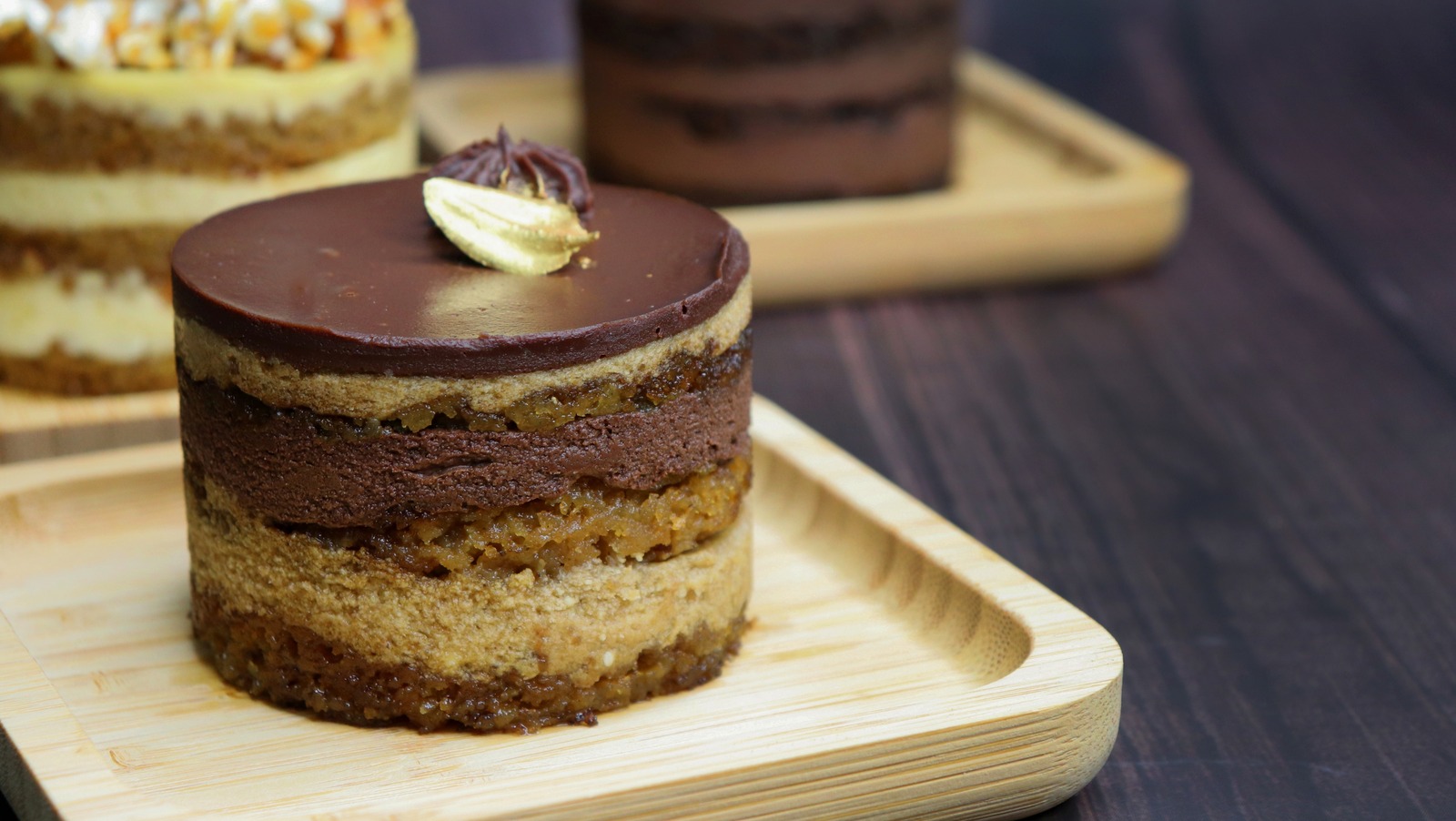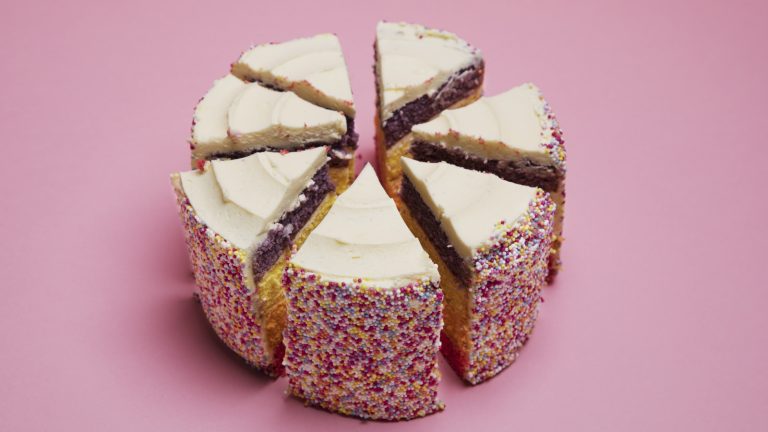We may receive a commission on purchases made from links.
If you think gluten-free cakes are bound to disappoint, you are living in the past. But making the best gluten-free versions of baked goods does have a slightly steeper learning curve than standard baking. As good as gluten-free cakes can be, the reality is still that most recipes were developed with wheat flour in mind, and achieving the same textures with other ingredients is a challenge. The binding power of gluten is what helps trap the air that gives cake a light and tender texture, and that magic isn’t easy to replicate with a simple one-ingredient swap.
So in most baking recipes, you need a mix of alternative flours and starches to achieve what wheat can do by itself, but it can be done. So to clear this up, we reached out to an expert, pastry chef Alysha Dinatale from The Goddess and Grocer in Chicago, to ask her about the ideal flour blend for gluten-free cake.
Dinatale tells us, “For cakes, you want a blend that’s light and airy but still has enough structure to hold together. A mix of rice flour, potato starch, and tapioca starch does the trick.” While these items may not have been common in the past, they are now stocked at most major supermarkets through brands like Bob’s Red Mill. Just know that the labeling on the second two can be a bit confusing. Tapioca starch and tapioca flour are actually the same thing, but potato starch and potato flour are not.
Rice flour, potato starch, and tapioca starch combine for the light texture you want in gluten-free cakes
The reason why you need to mix so many types of gluten-free flour for cakes is that each one has an individual strength that boosts the finished product. As Dinatale explains, “The rice flour keeps it soft, the potato starch adds body, and the tapioca starch keeps it from crumbling to pieces. Think tender, not sandcastle.” In gluten-free baking, this combination of flour, starch, and binder is key, as the starch helps keep things moist and tender by absorbing water, the binding power of tapioca starch mimics the structural effect of gluten. Thankfully, cakes are normally better off with less gluten development than things like bread, so gluten-free cakes are easier to achieve with these simple substitutions.
And there is one other thing you can do with this flour mixture to get a better cake texture: mix the batter longer than you normally would. With wheat flour, cooks are warned not to overmix cake because it can develop too much gluten and make the cake tougher. But with gluten-free flours, this isn’t a problem, and more intense mixing can actually help build up the structure more and get closer to the rise and texture of wheat flour. Combined with Dinatale’s perfect mix of flours and starches, plenty of people will barely be able to tell that the decadent chocolate cake you served was gluten-free.






